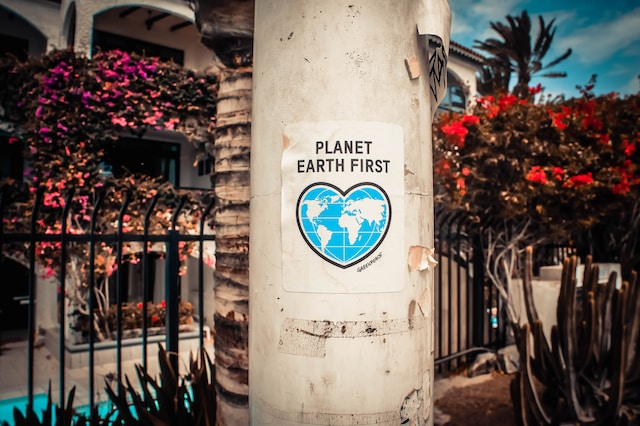In the ever-evolving world of sustainable living, the eco-friendly tableware industry is at the forefront of innovation. This blog explores cutting-edge technologies and anticipates future trends that are reshaping the way we dine sustainably.
1. Biodegradable Bioplastics
The emergence of biodegradable bioplastics is revolutionizing eco-friendly tableware. Materials such as PLA (polylactic acid), derived from cornstarch or sugarcane, offer alternatives to traditional plastics. These not only decompose naturally but also provide functionality and durability.
2. Hybrid Materials for Performance
Hybrid materials, combining the best features of different sustainable materials, are emerging as a trend. For instance, blending bamboo fibers with cornstarch creates a hybrid material that balances aesthetics, functionality, and environmental impact.
3. Edible Tableware
Edible tableware represents a whimsical yet practical innovation in sustainable dining. Examples include edible spoons made from materials like sorghum or millet. This trend not only minimizes waste but also adds a unique and eco-conscious dimension to the dining experience.
4. Nanotechnology for Enhanced Properties
Nanotechnology is unlocking new possibilities for enhancing the properties of eco-friendly tableware materials. Examples include nano-coated bamboo plates with improved strength, durability, and antibacterial features, contributing to longer product lifespans and increased functionality.
5. Upcycled and Repurposed Materials
Innovative approaches to waste upcycling and repurposing are transforming discarded materials into stylish and functional tableware. Examples include tableware made from recycled ocean plastics and repurposed agricultural waste, contributing to a circular economy and addressing environmental challenges.
Conclusion
As we navigate the evolving landscape of eco-friendly tableware, these innovative technologies and future trends promise a more sustainable and delightful dining experience, with real-world examples driving the industry toward a greener tomorrow.






